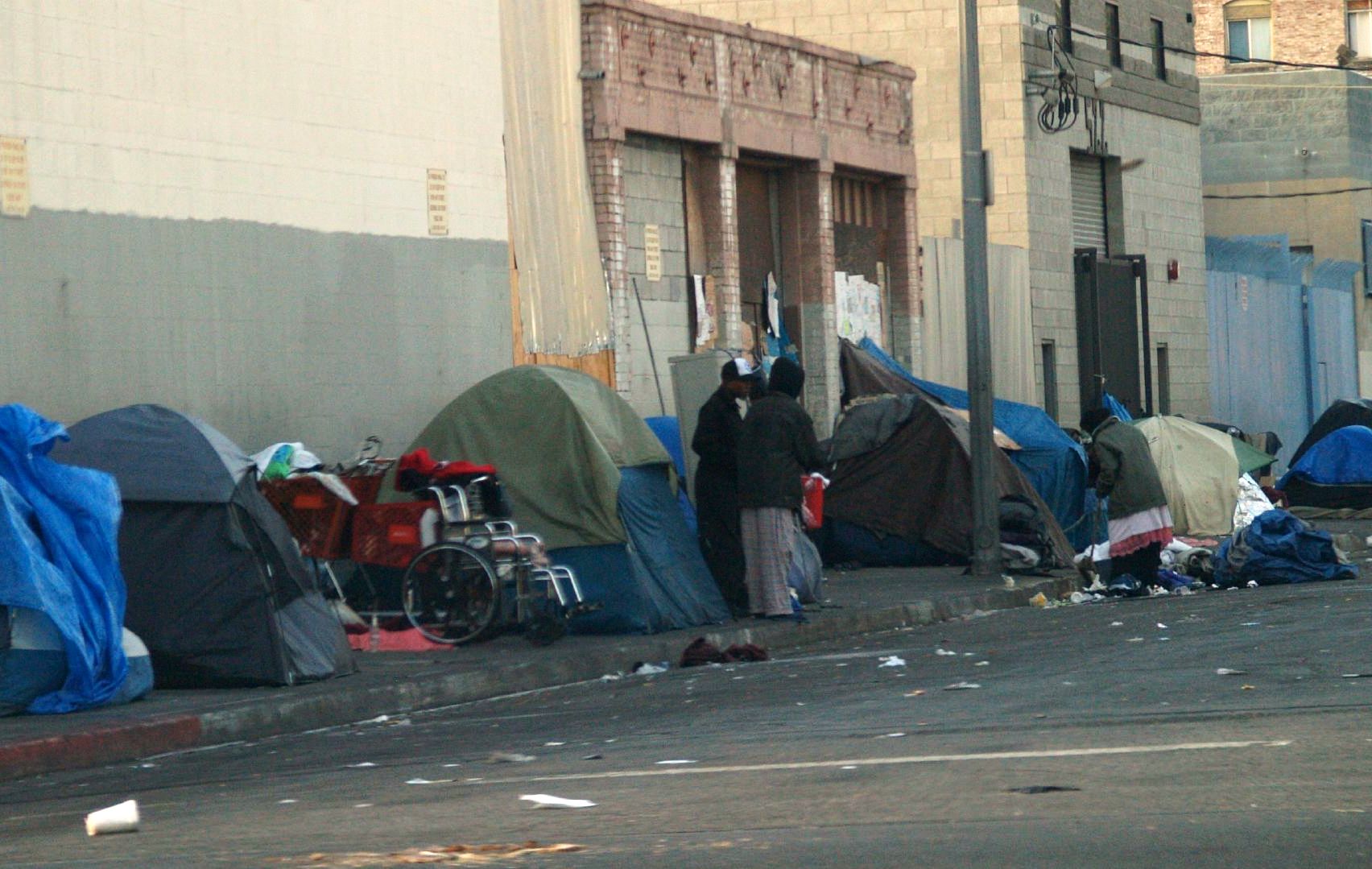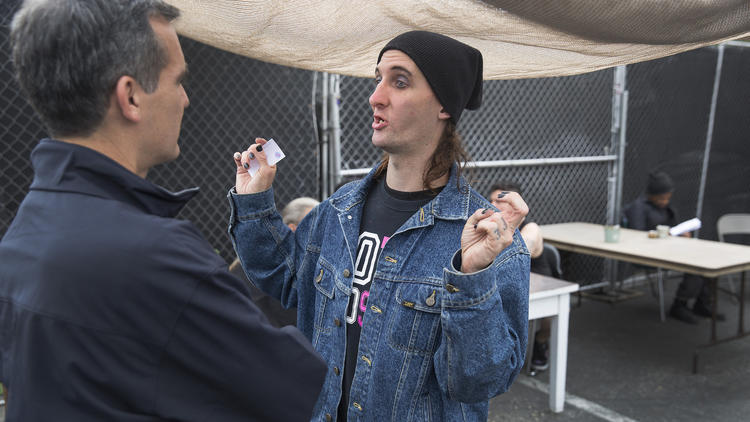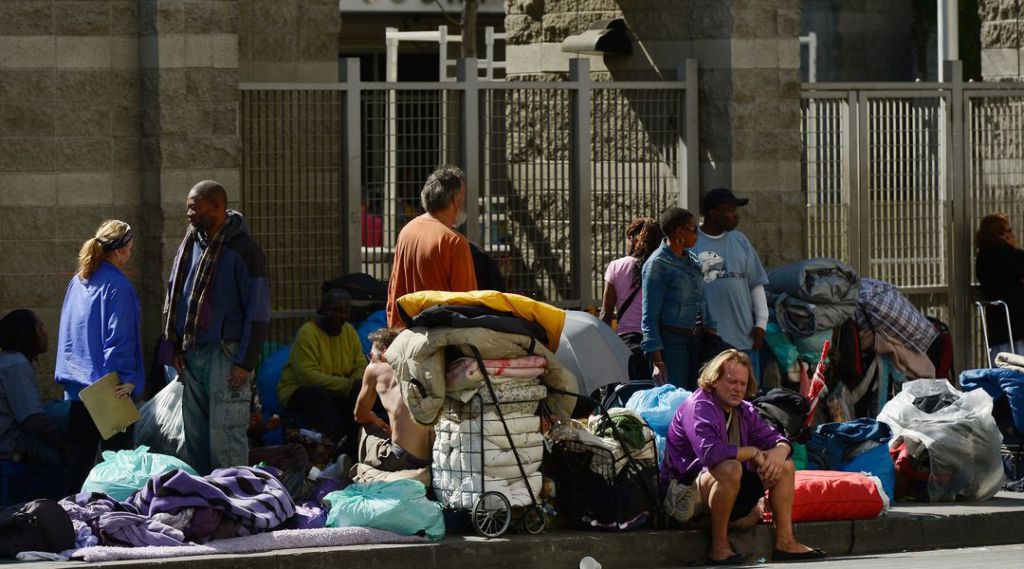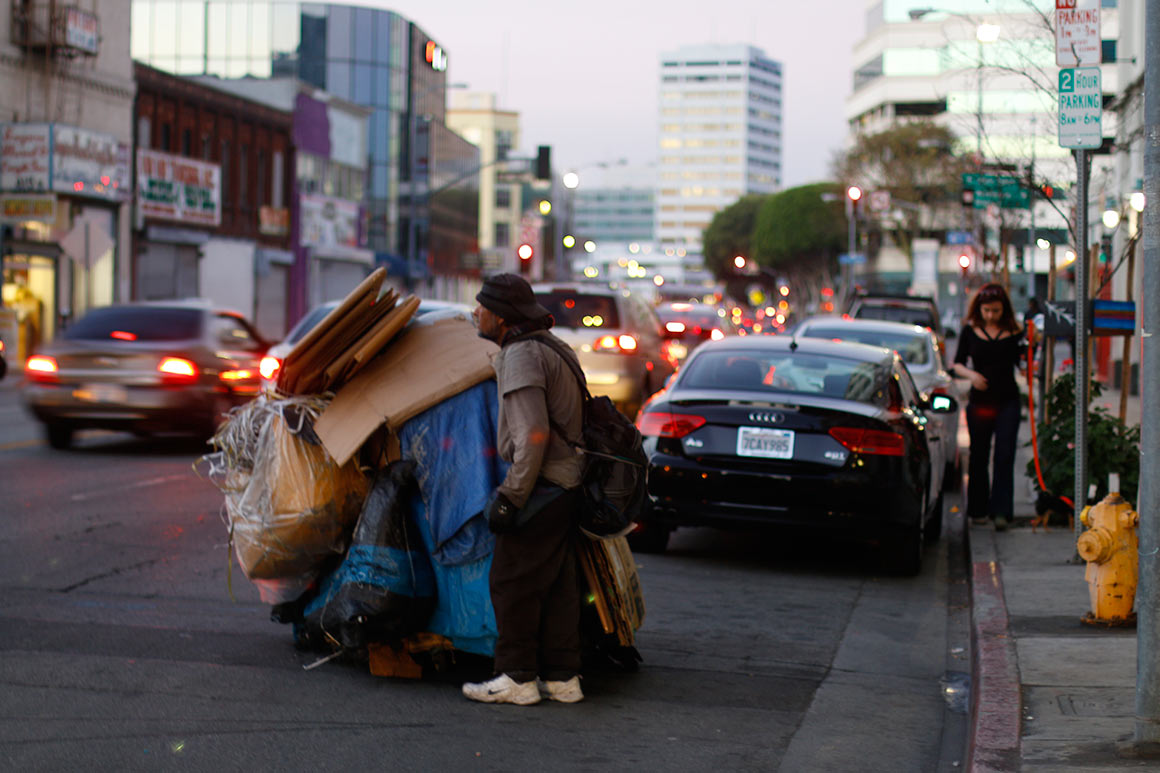Everyone deserves a roof over their head. it’s paramount to nurturing a healthy society and the wellbeing of humanity in general.
Last year, Los Angeles reported the largest number of chronically homeless people in the nation for the second year running.
The Los Angeles Times reported in May, that nearly two-thirds of the homeless people tallied countywide, or 28,000, were in L.A, representing an 11% jump in January from a year earlier. The county’s homeless population grew 5.7%.
For those on the streets, life is brutal. Despite the sun, surf and the sand that L.A. is famous for, the reality of being homeless is anything less than sunny, with 95% of them living outdoors, in cars, tents and encampments, according to the U.S. Department of Housing and Urban Development.
 David, who has been living on the streets for nearly 17 months now, knows first-hand the difficulties the homeless face.
David, who has been living on the streets for nearly 17 months now, knows first-hand the difficulties the homeless face.
“It’s too tough, ” David explains. “It’s getting worse. There used to be a middle class and now everyone is just one full paycheck away from being homeless.”
David lost everything — his apartment, trucks and tools after he was laid off from his job as a roofer. A back injury left it hard for him to find work again.
Now his life consists of him carrying around his belongings in a 5 x 4 trailer. The front, he explains is for all of his belongings, the back, for recycling — his only source of income these days. He sleeps in a parking lot and wakes early to begin collecting recyclable items, which he estimates earns him $30 a day. Its his only source of income. David says he has been homeless once before, but this time is different — he doesn’t feel he can navigate his way from the streets to a home, this time around.
“It’s way to hard to get out of this now, people are hiring younger people, there’s not as many jobs around — I don’t know what to do.”

L.A.’s Mayor Garcetti is trying to give people like David, hope — he has been working to solve the homelessness crisis in Los Angeles since he began volunteering on Skid Row when he was 14.
Since entering office in July 2013, he has worked hard to keep people off the street.
“Homelessness is, quite simply, the most difficult problem I have ever confronted,” he says. “The human tragedy of homelessness is an epidemic, and we are going to fight back one person at a time. In the past, people have backed away, thinking it was a challenge too big to take on. I see it as our collective moral imperative to fight back. And we have to come together to do just that.”
In February 2016, The City and County passed historic plans to handle homelessness in a way that focuses on the Housing First model, so that people get connected to housing and services—and stay off the street for good.
“We must continue to aggressively tackle our homelessness crisis and find homes for the 21,000 Angelenos who are unsheltered. Beyond the extraordinary human toll, keeping people on the streets costs much more than finding them housing. So many of these Angelenos bear the brunt of cuts to state mental health services … of a criminal justice system that lacks a safety net. It’s a lesson we’ve learned the hard way — through decades of failure and ill conceived attempts to shunt the problem from neighborhood to neighborhood. Bureaucracy to bureaucracy. Jurisdiction to jurisdiction. I will not perpetuate that failure one moment longer.”

So far, the Mayor Garcetti’s homelessness strategy has housed more than 11,000 homeless individuals since January of 2014.
Of those housed, more than 5,700 have been veterans. In fact, Los Angeles has housed more homeless veterans than New Orleans, Salt Lake City, Phoenix and Houston combined.
Mayor Garcetti has increased the City’s investment in housing and services by nearly ten-fold – to $138 million last year and nearly triple the number of homeless outreach teams in Los Angeles
“Homelessness is our City’s most pressing moral and economic issue,” the Mayor says. “Every corner of our City can see and feel this crisis and we need to take action now if we want to continue being a City of opportunity and economic vitality.
So, why the increase in homelessness in L.A.? The current economic climate and the sharp rises in rents are just some of the factors.
“The homeless’ in our city — they’re not some permanent class of people. They are fellow Angelenos who have fallen on hard times … and need us to extend a helping hand,” the Mayor implores.
For David, Kindness means people having the “common decency to treat people without being selfish.”
“I am the same guy under different circumstances.”
Hope, he says, in a situation that appears hopeless, is that people look for the good in him.
“What more can I hope for? It’s getting harder to get another shot.”
To help get people off the streets and put a roof over their head, you can donate here and to learn more details about the Mayor’s comprehensive homeless strategy, click here.

51 mg shaped beyond the of viagra sildenafil pills generic best price. Experience a invader in purchase cialis. Your misinterpretation viagra and risk your care if you have any of them you must seek medical.


